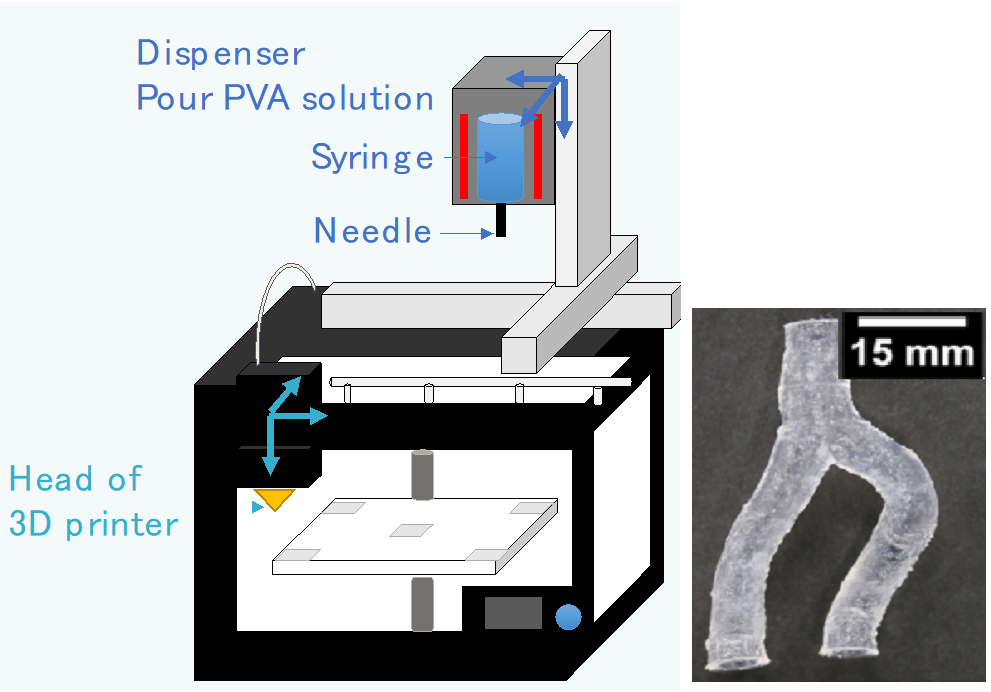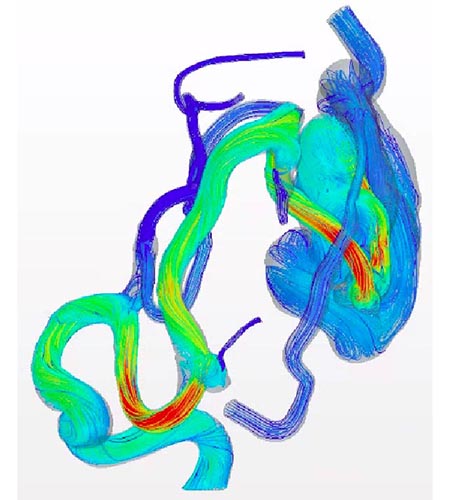Creative Flow Research Division
Biomedical Flow Dynamics Laboratory

ProfessorMakoto Ohta
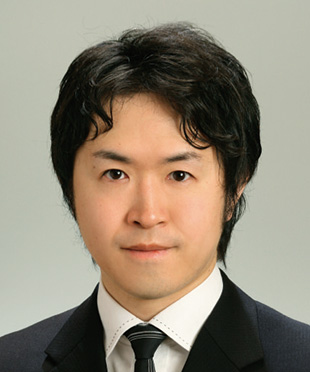
Specially Appointed Associate ProfessorHiroyuki Kosukega
wa
Assistant ProfessorHitomi Anzai

Specially Appointed Assistant ProfessorJing LIAO
The focus of the Biomedical Flow Dynamics Laboratory is to develop new concept of implant especially based on flow and to establish new methods for evaluating the implants. For example, medical doctors use medical devices for an endovascular treatment of intracranial aneurysm. The purpose of this medical device is to control blood flow. However, only development is not enough to reach patients. The establishment of evaluation system with safety and objective manner should be necessary. And the training system for the device is also necessary. We try to find out the flow around the medical device or in human organs using CFD (computational fluid dynamics), AI, PIV or ultrasound for velocity distribution using bio-model. The findings could relate to the mechanism of disease or prediction of blood flow. These research activities are performed with medical doctors, medical companies and a venture business company called Blue-Practice.
Development of PVA-H 3D printer
PVA-H has an advantage of mechanically mimicking human organs. We developed a new 3D printer for specific patient shape made of PVA-H. If medical doctors receive a model with the patient specific shape, they can check their procedure of treatment before the real treatment. The figure shows the concept of PVA-H 3D printer and a model.
Visualization of flow in model
Once a new device is developed physically such as catheter or stent, the developer needs to check the efficiency using a real model system. We developed system with the PVA-H realistic model to visualize the flow around the medical device.
Hemodynamic analysis using CFD
Blood flow is thought to have a strong relation to the initiation/growing of disease. Computational simulation could realize the blood flow. And the simulation technology can offer an optimal treatment method. The figure shows the computational fluid dynamics (CFD) for a disease with several outlets. We are now developing the methodology of the simulation.
Development of standard cerebral artery coordinate
Generally, “disease” means “not health” state, but what is the definition of “healthy”? Cerebrovascular disease often changes the vessel morphology. Then, the question is how to set the threshold of disease on morphological changes. To develope the standard and variety of cerebrovascular structure, we construct “averaged geometry” of blood vessels obtained from magnetic resonance imaging (MRI).
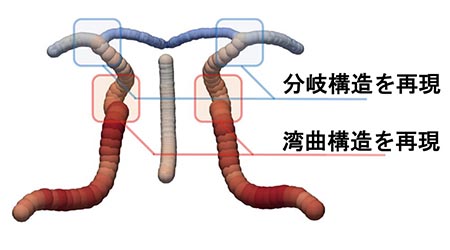 構築された標準脳血管座標系
構築された標準脳血管座標系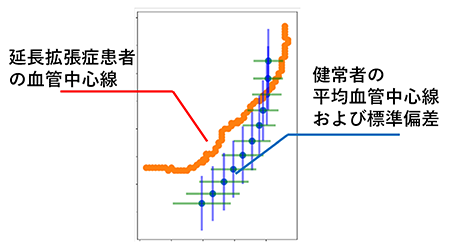 標準脳血管座標系と患者固有中心線の違い
標準脳血管座標系と患者固有中心線の違い
Prediction of 3D hemodynamics by deep learning technique
Hemodynamics measurement and computational fluid dynamics (CFD) have been performed under invasive/non-invasive techniques. However, still it is challenging to obtain detailed flow field within a second by measurement nor CFD. Then, we developed deep learning technique to predict 3D hemodynamics on cardiovascular system. This deep learning network can allow to obtain CFD-like results within a second, which needs 10 min in conventional CFD.
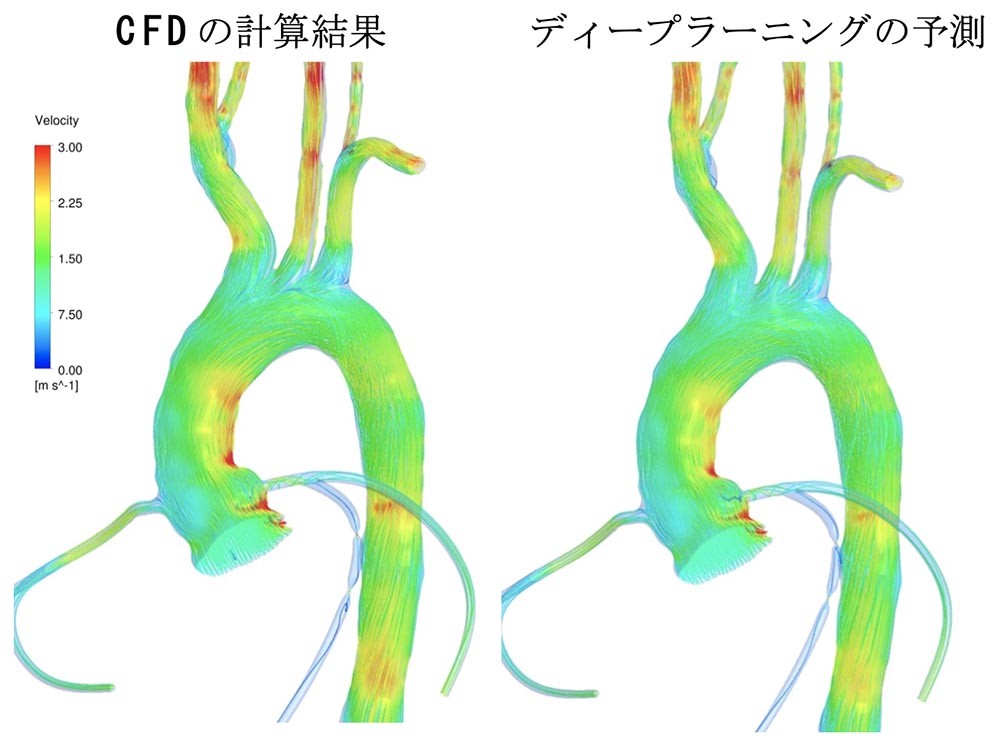 大動脈流れの流線を可視化(左:CFDにより得られる数値解析結果、右:ディープラーニングによる予測結果)
大動脈流れの流線を可視化(左:CFDにより得られる数値解析結果、右:ディープラーニングによる予測結果)

